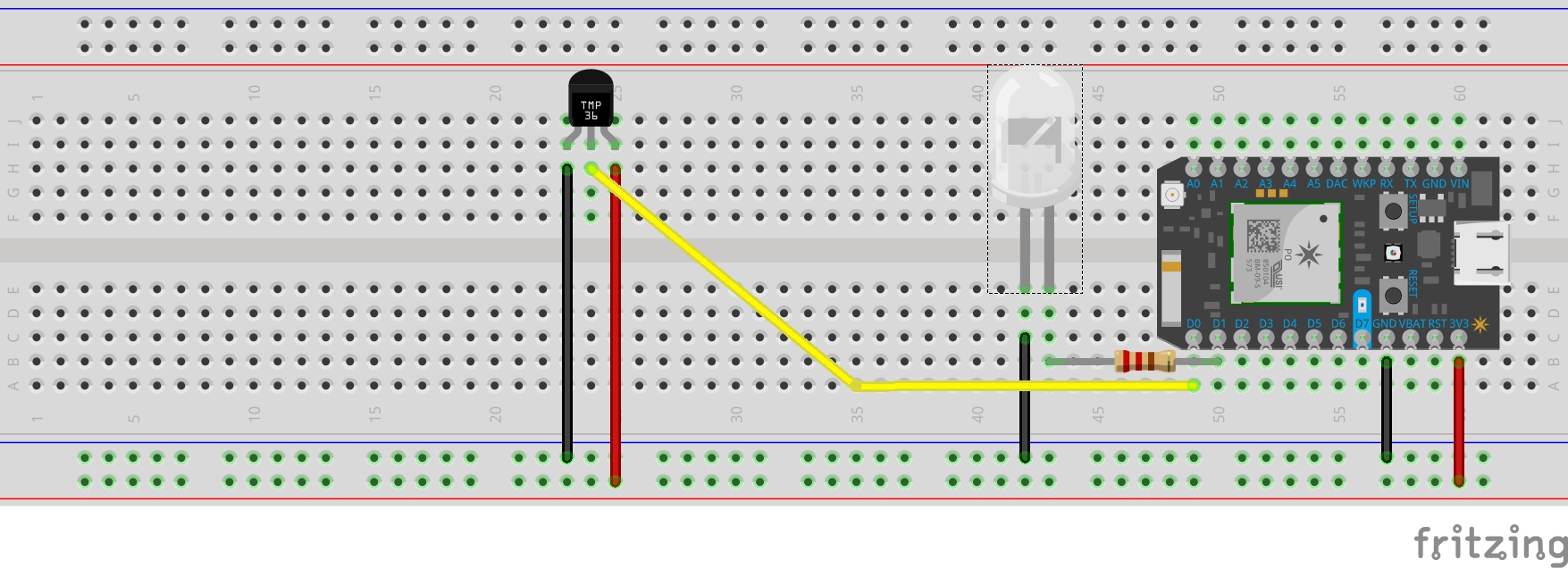Process
Outline your approach to the project? What ideas did you generate and how did you refine or reject them? What did you research and explore? what were the design choices? What challenges were encountered and how did you resolve them?
Research & Exploration:
The first step in the process was about finding the right sensor out of available ones which would detect the motion as well as be appropriate for this application. Sensors such as hall effect would work only when there is a magnet to activate it which may not be available on all the doors of a home. So, we zeroed in on the PIR sensor which seemed to suit the application as it would trigger a response whenever it detects motion in front of its Fresnel lens.
Design Choices:
- The placement of the product would be at the entrance of each of my housemate's room so that we could continuously keep track of the movement in and out of the room.
- An LED light was also used to let users know that they are being tracked and also to ensure that their privacy is not violated at any cost.
Occupancy Status:
- The important design choice of this project was to correctly note the status of the room occupancy to know whether the person is inside the room or not. So, in this case, it was assumed that the person would be into his room every night by 12 am and a counter was used to keep track of the number of times of trigger in the sensors due to the nature of motion of the person. For example, the counter would be 1 when the person is out of the room for the first time during a new day and the counter would get incremented each time there is a movement into and out of the room from thereon, thus the odd counter values would give output saying the person is OUT of the room and the corresponding even values would give output saying the person is IN to the room again.
External Integration:
The third-party service - IFTTT was used to send notifications to my housemates whenever there is a movement in& out of the rooms/house. Whenever there's an output published in the particle console, it would trigger a push notification to my mobile phone about the occupancy status of the room.
